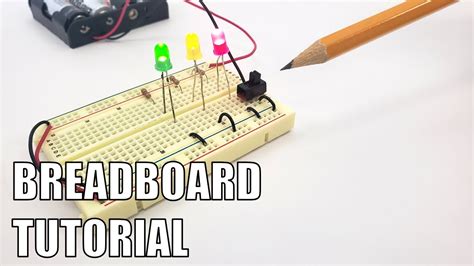
ALL ABOUT FLEX PCB
-
 Read more: How Does A Breadboard Work: The Importance In Building Electric Circuits
Read more: How Does A Breadboard Work: The Importance In Building Electric CircuitsWhat is a Breadboard and Why is it Important? A breadboard is an essential tool for anyone working with electronic circuits. It is a rectangular plastic board with a grid of holes that allows you to quickly and easily prototype and test electronic circuits without the need for soldering. The […]
-
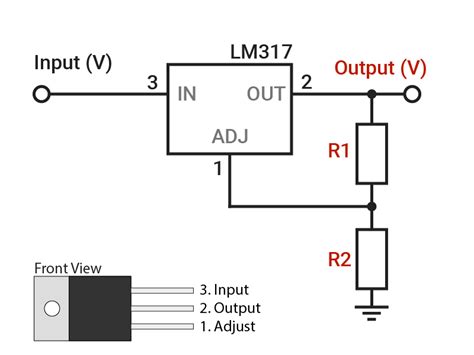 Read more: lm317 Voltage Regulator Datasheet- A Guide on Voltage Regulation
Read more: lm317 Voltage Regulator Datasheet- A Guide on Voltage RegulationIntroduction to the lm317 Voltage Regulator The lm317 is a positive voltage regulator that can provide an adjustable output voltage ranging from 1.25V to 37V. It is known for its simplicity, reliability, and easy-to-use design. The lm317 is capable of delivering an output current of up to 1.5A, making it […]
-
Irf740: A Complete Guide and More!
Posted by
–
 Read more: Irf740: A Complete Guide and More!
Read more: Irf740: A Complete Guide and More!Introduction to Irf740 The IRF740 is a popular N-channel power MOSFET (Metal-Oxide-Semiconductor Field-Effect Transistor) widely used in various electronic applications. It is known for its high power handling capability, fast switching speed, and low on-resistance. This complete guide will cover everything you need to know about the IRF740, including its […]
-
How to Make a Rectifier: A Detailed Guide
Posted by
–
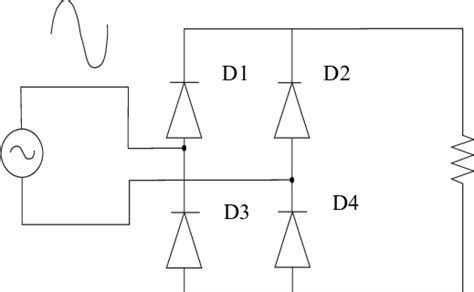 Read more: How to Make a Rectifier: A Detailed Guide
Read more: How to Make a Rectifier: A Detailed GuideTable of Contents Introduction to Rectifiers Types of Rectifiers Materials Required Step-by-Step Guide to Making a Rectifier Step 1: Gather Materials Step 2: Assemble the Transformer Step 3: Connect the Diodes Step 4: Add the Capacitor Step 5: Include a Load Resistor Step 6: Test Your Rectifier Safety Precautions Troubleshooting […]
-
lm317 pinout: The Ultimate Guide
Posted by
–
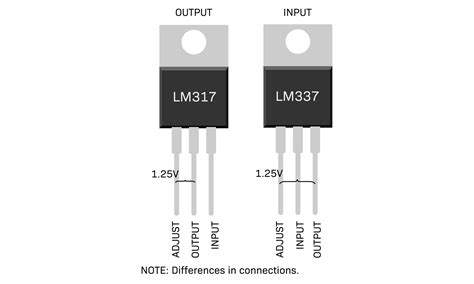 Read more: lm317 pinout: The Ultimate Guide
Read more: lm317 pinout: The Ultimate GuideWhat is the LM317? The LM317 is a linear voltage regulator that can provide an adjustable output voltage ranging from 1.2V to 37V. It is capable of supplying up to 1.5A of current, making it suitable for a wide range of applications. The LM317 is known for its simplicity, reliability, […]
-
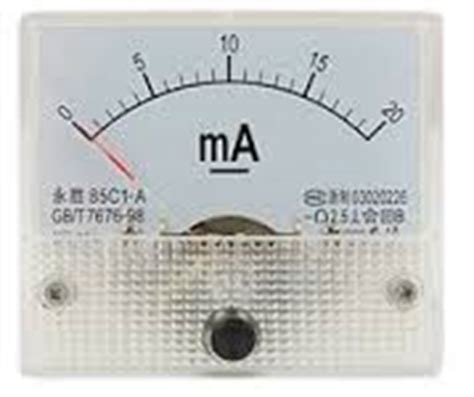 Read more: Digital Arduino Ammeter: How to Make Your Own Amp Meter At Home
Read more: Digital Arduino Ammeter: How to Make Your Own Amp Meter At HomeIntroduction In this article, we will guide you through the process of creating your own digital Arduino Ammeter. An ammeter is a device used to measure electric current in amperes (A) in a circuit. With the help of an Arduino board and a few other components, you can build a […]
-
Quality Circuit Assembly-Basic Guide Service
Posted by
–
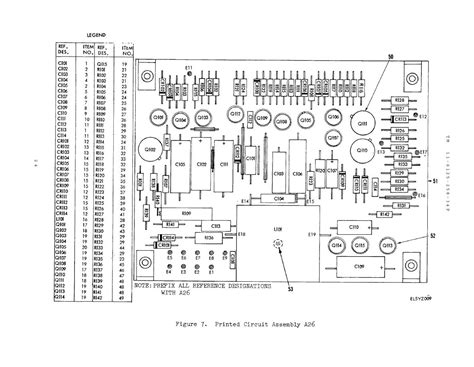 Read more: Quality Circuit Assembly-Basic Guide Service
Read more: Quality Circuit Assembly-Basic Guide ServiceIntroduction to Circuit Assembly Circuit assembly is the process of connecting electronic components to form a complete and functional circuit. It involves soldering components onto a printed circuit board (PCB) according to a specific design. This guide will provide a comprehensive overview of the circuit assembly process, including tools and […]
-
SPI I2C UART- Communication Protocols and Uses
Posted by
–
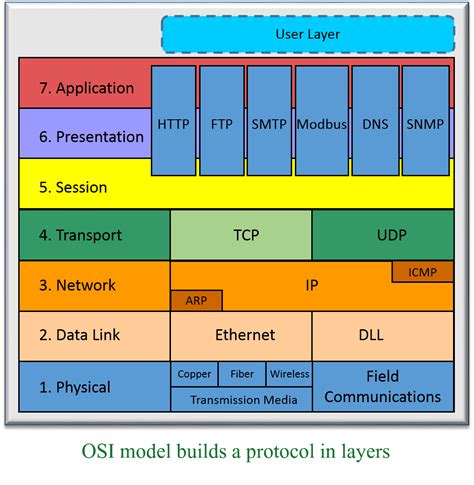 Read more: SPI I2C UART- Communication Protocols and Uses
Read more: SPI I2C UART- Communication Protocols and UsesWhat are Communication Protocols? Communication protocols are sets of rules and standards that govern the exchange of data between two or more devices. They define the format, timing, and sequence of the data being transmitted, ensuring that the devices can understand each other and communicate effectively. Communication protocols are essential […]
-
 Read more: 5 PCB Grounding Methods and 6 Types of Grounding in Circuits
Read more: 5 PCB Grounding Methods and 6 Types of Grounding in CircuitsIntroduction to PCB Grounding Proper grounding is essential for the reliable operation and performance of printed circuit boards (PCBs) and electronic circuits. PCB grounding refers to the techniques and strategies used to create a low-impedance path for electrical currents to return to their source, minimizing noise, electromagnetic interference (EMI), and […]
-
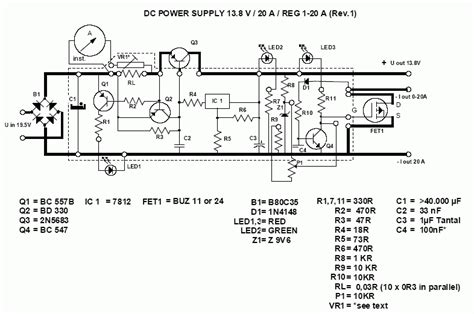 Read more: Transformerless Power Supply: The General Basics, Working, and Requirements Explained
Read more: Transformerless Power Supply: The General Basics, Working, and Requirements ExplainedWhat is a Transformerless Power Supply? A transformerless power supply is an electronic circuit that converts the high voltage alternating current (AC) from the mains supply to a low voltage direct current (DC) suitable for powering electronic devices, without using a transformer. It is a cost-effective and compact alternative to […]




